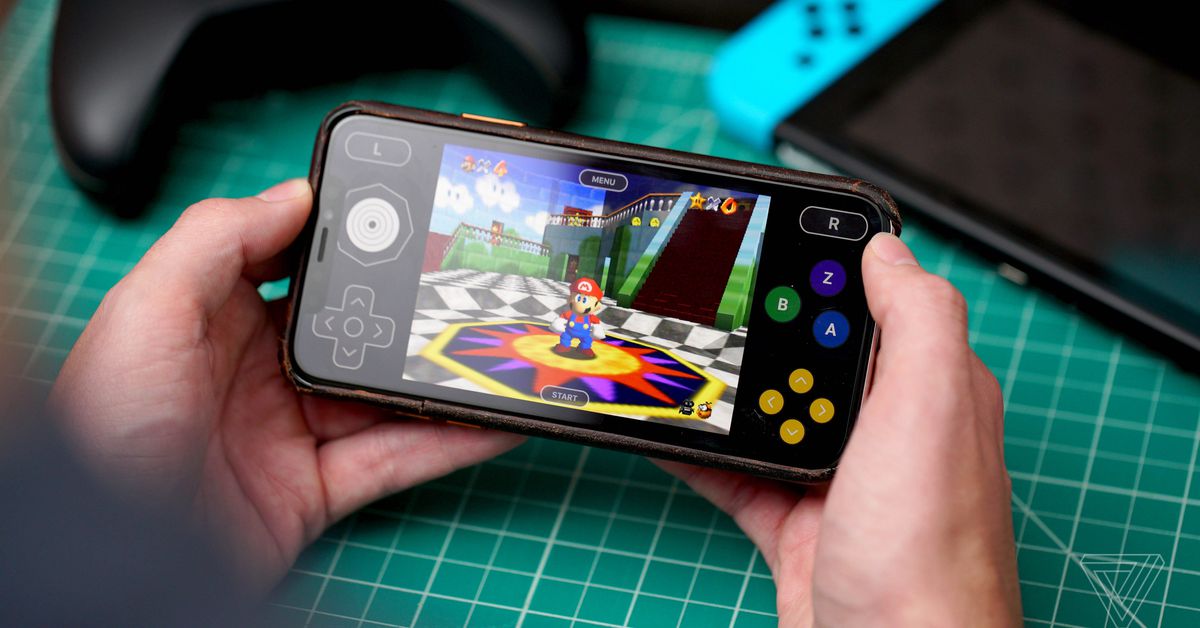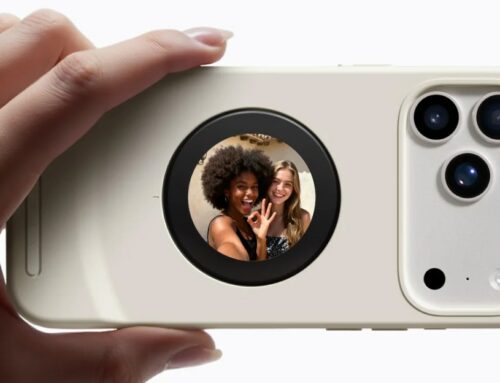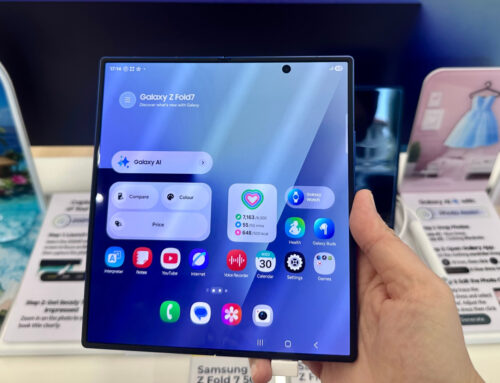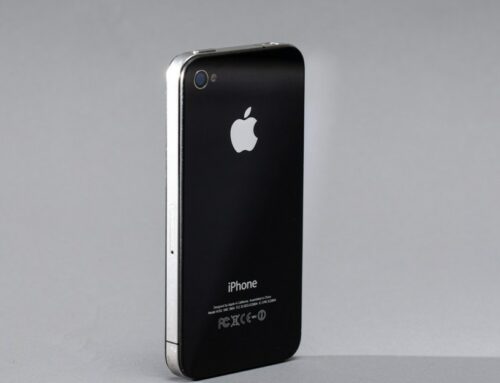Yesterday afternoon, I was playing Mario vs. Donkey Kong on my Vision Pro (using the visionOS testflight version of app developer Riley Testut’s GBA4iOS) with an official Nintendo NES controller for the Switch. All the while, I was thinking about what a shame it was that Apple doesn’t allow emulators on its App Store. I hadn’t yet seen the news of Apple’s surprise decision to allow emulators on its digital storefront worldwide.
While we still don’t know exactly how emulators will work on the iPhone, Apple’s play here would put its App Store in a better place to compete with alternative app stores in the EU. Assuming that means you can actually play games from the consoles they emulate, it could be a huge deal for retro gaming fans. As great as the Steam Deck and Switch are, the embiggening of portable game consoles has come at the crucial cost of portability (unless you have cargo pants and don’t mind them banging against your knees while you walk).
I’ve always felt the Game Boy Advance SP was peak handheld design, thanks to its clamshell form factor, and the Nintendo DS Lite wasn’t bad, either. Andrew Webster said similar things while waxing nostalgic about the PlayStation Vita for The Verge this morning.
Of course, the iPhone has no face buttons, and virtual buttons, while okay in a pinch, are a poor substitute for anything that demands quick reflexes. Thankfully, your options are plentiful on the iPhone.
The ideal situation will be a controller that attaches directly to your phone, like the Backbone One. It’s kind of like Switch Joy-Cons, in that it clamps onto either end of an iPhone in landscape orientation. But it connects via Lightning or USB-C, depending on which version you buy, so you don’t have to futz with Bluetooth pairing. Just slap it on and go. Of course, if you have an iPhone 14 or below, it’s harder to commit $100 to it if you’re planning on updating to a USB-C iPhone soon. There’s also the iPhone’s ever-growing camera bump, which caused the company to address with files for a 3D-printed adapter for the Lightning version (it also makes and sells one), to consider.
Backbone One (second-gen)
$100
The Backbone One can connect to Android phones and iPhones as far back as the 6S, depending on the model. It’s a fully featured controller complete with dual analog sticks, a 3.5mm headphone jack, and its own software for capturing screenshots and connecting to game streaming services.
But you might not need to buy Backbone’s controller at all if you already have a Switch. Nintendo’s controllers work with the iPhone also, and there are adapters out there that let you physically attach Joy-Cons to your phone. I haven’t tried them, so your mileage may vary, but they exist.
You can also use your existing Xbox or PlayStation controller. Maybe they’re not as portable as the other options I mentioned, but the Xbox Wireless Controller and the PlayStation DualSense controllers will be especially clutch for GameCube games like F-Zero GX and Rogue Squadron II: Rogue Leader, which really need analog triggers for the best experience.
There’s also 8BitDo’s Pro 2 controller with analog triggers. While I haven’t used that one specifically, Sam Byford certainly liked it, writing for The Verge back in 2021 that it was better than the standard Switch Pro controller — plus, it’s got that cool SNES aesthetic.
These are just a few of the many options that exist for iPhone controllers. There are plenty more, but despite Apple’s phone’s status as a mobile gaming powerhouse, third-party controllers haven’t made a big splash on their own. With emulators allowed in the App Store — a change perhaps sparked by regulatory pressure from the United States’ antitrust lawsuit against it, and regulatory pressure in the European Union — maybe we’re in for a future where the iPhone is actually an ideal handheld gaming platform.







